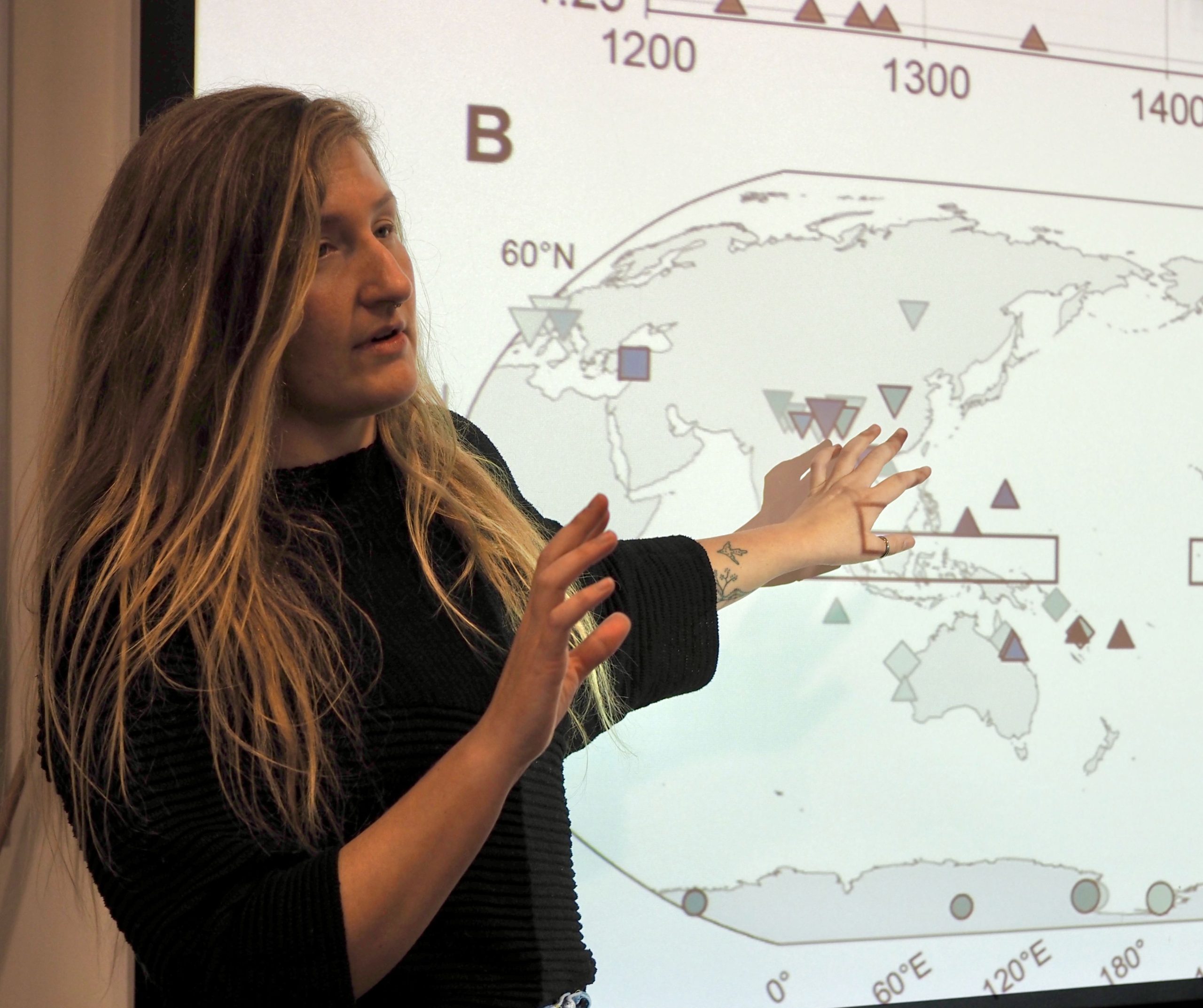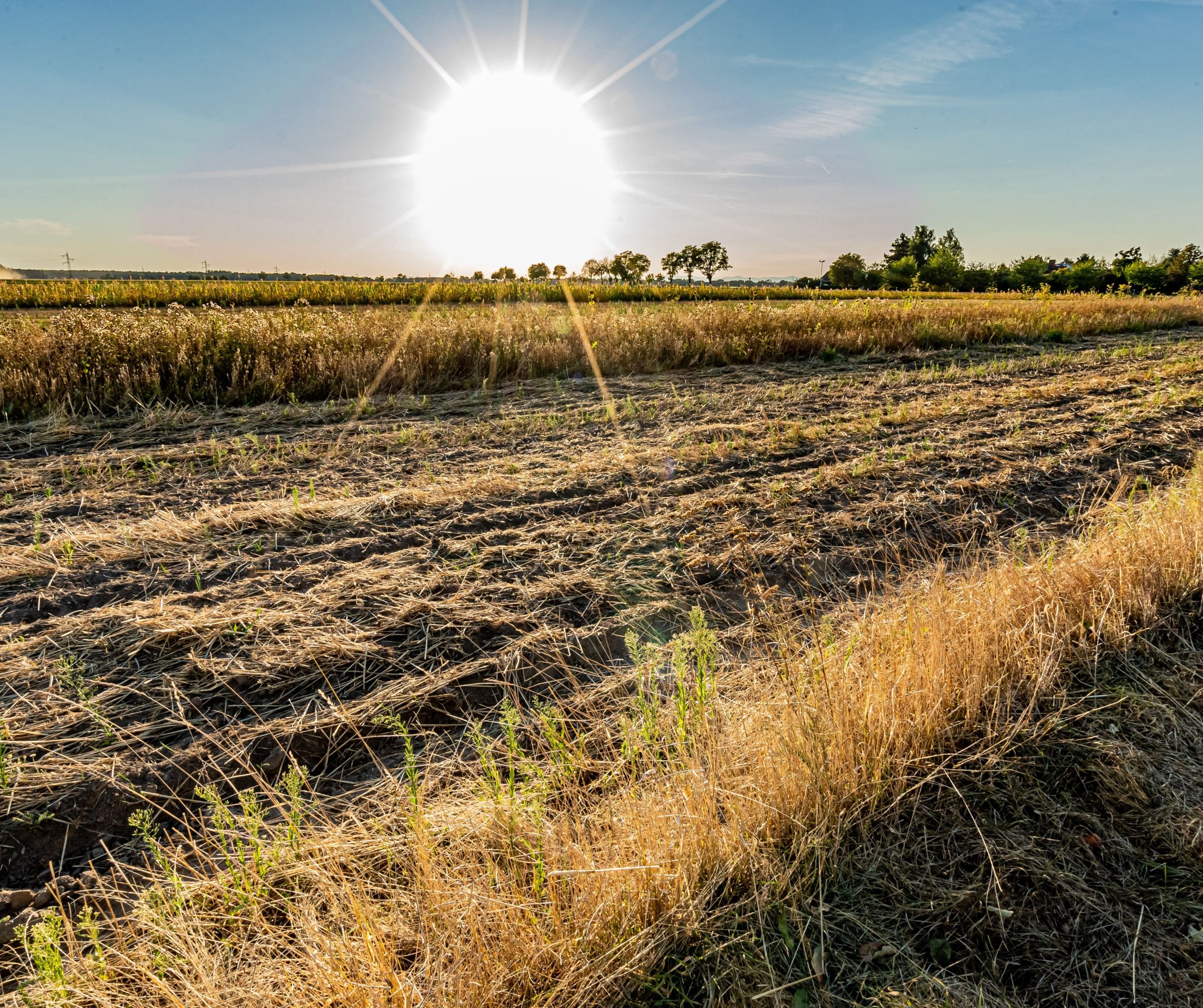Climate extremes have significant implications for agriculture and water resources. There is currently a gap that exists between science and industry, where climate data required for decision making is often highly complex and not easily accessible to industry. To address this, we work with industry stakeholders to ensure that our research is relevant for decision making and adaptation to climate extremes. Our researchers from multiple disciplines have delivered presentations to the Forewarned is Forearmed Community of Practice, which is attended by a diverse group of researchers, government departments and agricultural stakeholders from areas such as grains, beef, sheep, horticulture, cotton, sugar and wine.
A key research project, led by postdoctoral researcher Yawen Shao, involves identifying climate indices that are useful for industries. Once the technique for calculating more accurate climate indices has been refined, we will engage with government and industry stakeholders to share the method for obtaining improved predictions of climate variables.
Find out more about the Knowledge Brokerage Team at the ARC Centre of Excellence for Climate Extremes and how we can help you.
-
Rainfall relief for Northern Australia during El Niño: New research

New research finds a significant interaction between the El Niño-Southern Oscillation and Madden-Julian Oscillation, with major implications for Northern Australia.
-
El Niño and La Niña multi-year events could become more common: New research

Wet and dry periods could stick around for longer.
-
Storms brewing up collaboration between science and industry

“We want to get to a point where the research is applied to effect change in how climate risk is managed.”
-
Understanding how groundwater dynamics impacts droughts and heatwaves using a land surface model

The presence of groundwater in forested areas reduces rainfall loss in wet periods and maintains soil moisture in dry periods.
-
Climate modelling – an overview

There are many types of climate models, and they vary widely in complexity.
-
A closer look at climate modelling

Climate models come in different forms and are used to understand the Earth’s future.
